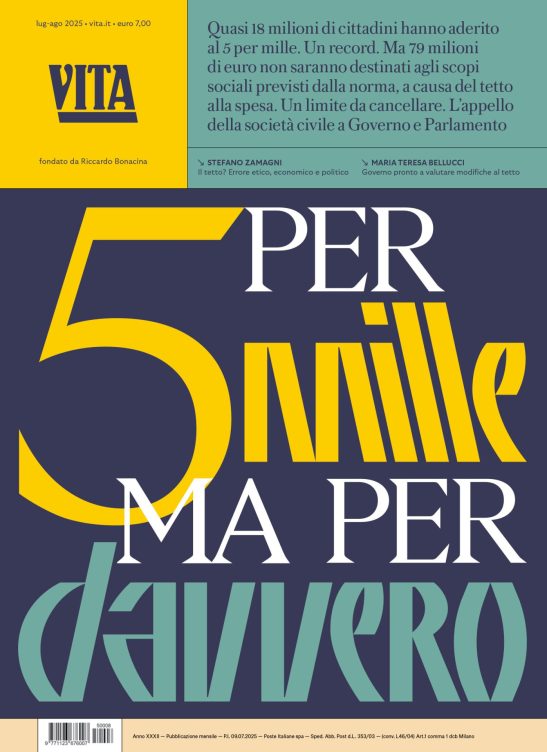Non profit
Berlin’s 2nd fall of the Wall at the “Festival of Freedom”
An idea by Kulturprojekte Berlin: work-of-art polystyrene blocks of Wall triggering a domino effect.
di Staff
As a bulwark of concrete and barrier fences the Wall cut through Berlin for a length of over 43 kilometres – dividing the city and the whole of Germany. Now, 20 years after the fall of the wall on 9 November 1989, the symbol of almost three decades of German division will fall again on the same date, but this time it will be purely symbolic.
At the “Festival of Freedom” at the Brandenburg Gate on the evening of 9 November, Berlin and numerous political guests from home and abroad will experience a second fall of the Wall. This time the collapse of the Wall will not be caused by a peaceful revolution in the GDR but by an artistic event based on an idea by Kulturprojekte Berlin. The Fall of the Wall 2009 will be staged in Berlin-Mitte, along the two kilometres stretching from the Reichstag Building to Potsdamer Platz, along the exact route the Wall once took. On 9 November a string of 1,000 symbolic Wall blocks made of polystyrene – each 2.5 metres high and 20 kilos in weight – will stand along this route and be toppled in a chain reaction. The “domino effect” symbolizes the events of autumn 1989 when the protest of individuals snowballed into a resolute, but peaceful mass movement.
The Wall blocks are minor works of art, each of which has been individually decorated. Kulturprojekte Berlin called on young people from Berlin to take a closer look at the theme “20 years after the Fall of the Wall” and to give the domino blocks an unmistakeable face. In this way an unusual gallery evolved for the festival to which the musicians of the “West-Eastern Divan Orchestra” with conductor Daniel Barenboim have also contributed. Barenboim will personally open the “Festival of Freedom” with an open-air concert.
The Fall of the Wall project also received support from abroad. The Goethe-Institut’s “Journey of the Wall” took 20 symbolic blocks to places around the world. Their destinations were Israel, Palestine, Korea, Cyprus, Yemen, China and Mexico – places where division and borders experiences shape the everyday lives of many people.
Source: www.magazine-deutschland.de
Vuoi accedere all'archivio di VITA?
Con un abbonamento annuale potrai sfogliare più di 50 numeri del nostro magazine, da gennaio 2020 ad oggi: ogni numero una storia sempre attuale. Oltre a tutti i contenuti extra come le newsletter tematiche, i podcast, le infografiche e gli approfondimenti.
